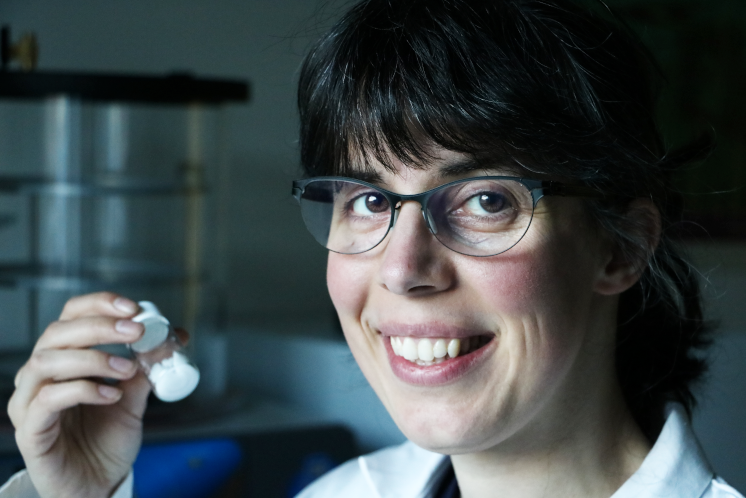HEAS Member Magdalena Blanz receives an FWF Erwin Schrödinger Grant to research compound-specific stable isotope ratios
More On Article
- A review on Pyrenean Pleistocene leopards paleoecology, paleobiogeography and adaptative convergences with snow leopards.
- HEAS Member Gerhard Weber Featured on Podcast
- HEAS Deputy Head Promotes Archaeological Publications in Vienna
- A short and sickly life. Multi-indicator analysis of an infant from a late antique Italian burial site (Piano della Civita, Artena, 3rd-5th cent CE).
- Fire Use During the Last Glacial Maximum: Evidence From the Epigravettian at Korman' 9, Middle Dniester Valley, Ukraine

HEAS Member Magdalena Blanz (Vienna Institute for Archaeological Science and Austrian Archaeological Institute) was awarded an FWF Erwin Schrödinger grant to study compound-specific stable isotope ratios in bone collagen and plants for improved dietary modelling.
FWF Erwin Schrödinger grants are awarded to highly qualified early-career postdocs to pursue career-enhancing stays at internationally renowned research institutions, and also provides them with support after their return to Austria.
Amino acid isotope ratios to explore past plant consumption
Stable carbon and nitrogen isotope ratios (δ¹³C and δ¹⁵N) of bone collagen are frequently used to reconstruct past diets. However, bulk analyses of all extracted collagen suffer greatly from equifinality, whereby very different diets can result in the same bulk δ¹³C and δ¹⁵N values. By separating collagen (a protein) into its constituent amino acids, and separately analysing the δ¹³C and δ¹⁵N values of specific amino acids, much more nuanced palaeodietary information can be gained.
In her Schrödinger project, Magdalena Blanz will be hosted at the University of Oxford, working with Prof. Amy Styring (Head of the Stable Isotope Ratio Laboratory) to gain more information has to how amino acid δ¹³C and δ¹⁵N values reflect past diets. On her return to Vienna, she will be working at the Vienna Institute for Archaeological Science in collaboration with Univ.-Prof. Dr. Wolfgang Wanek.
Magdalena Blanz obtained a Master of Chemistry (MChem) from the University of Aberdeen in 2016. She received a PhD in archaeology from the University of the Highlands and Islands, Scotland, for her research on the identification and interpretation of seaweed consumption by terrestrial mammals in archaeological contexts. From 2020, she worked as a postdoctoral fellow at the Vienna Institute for Archaeological Science, University of Vienna, and at the Austrian Archaeological Institute at the Austrian Academy of Science, focussing on the study of Early Neolithic animal husbandry practices in Europe. As part of her work at the University of Vienna, she set up a preparatory laboratory for stable isotope ratio studies at the VIAS institute.